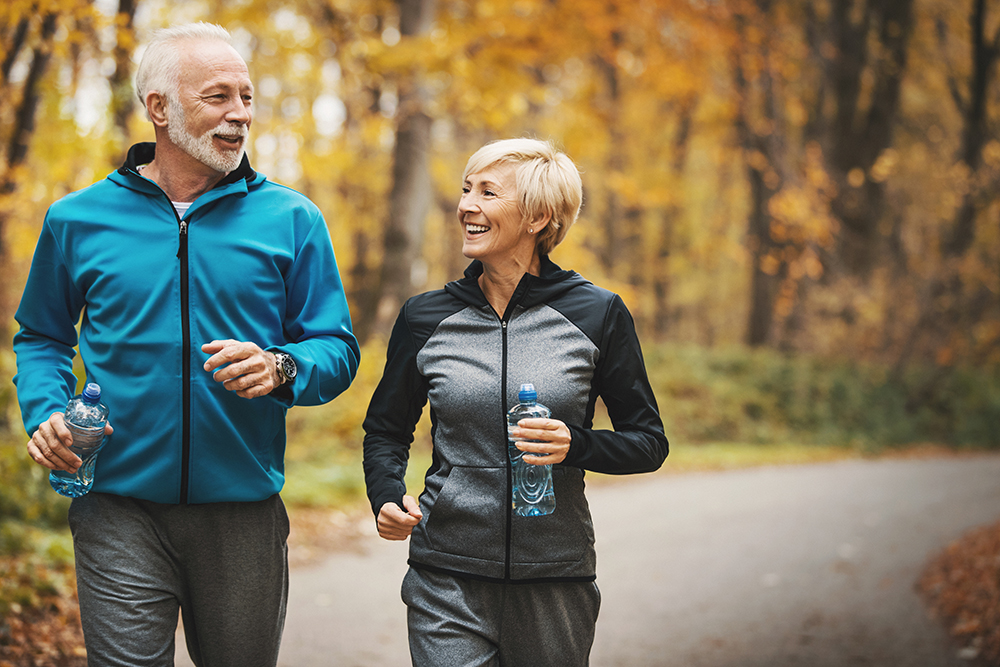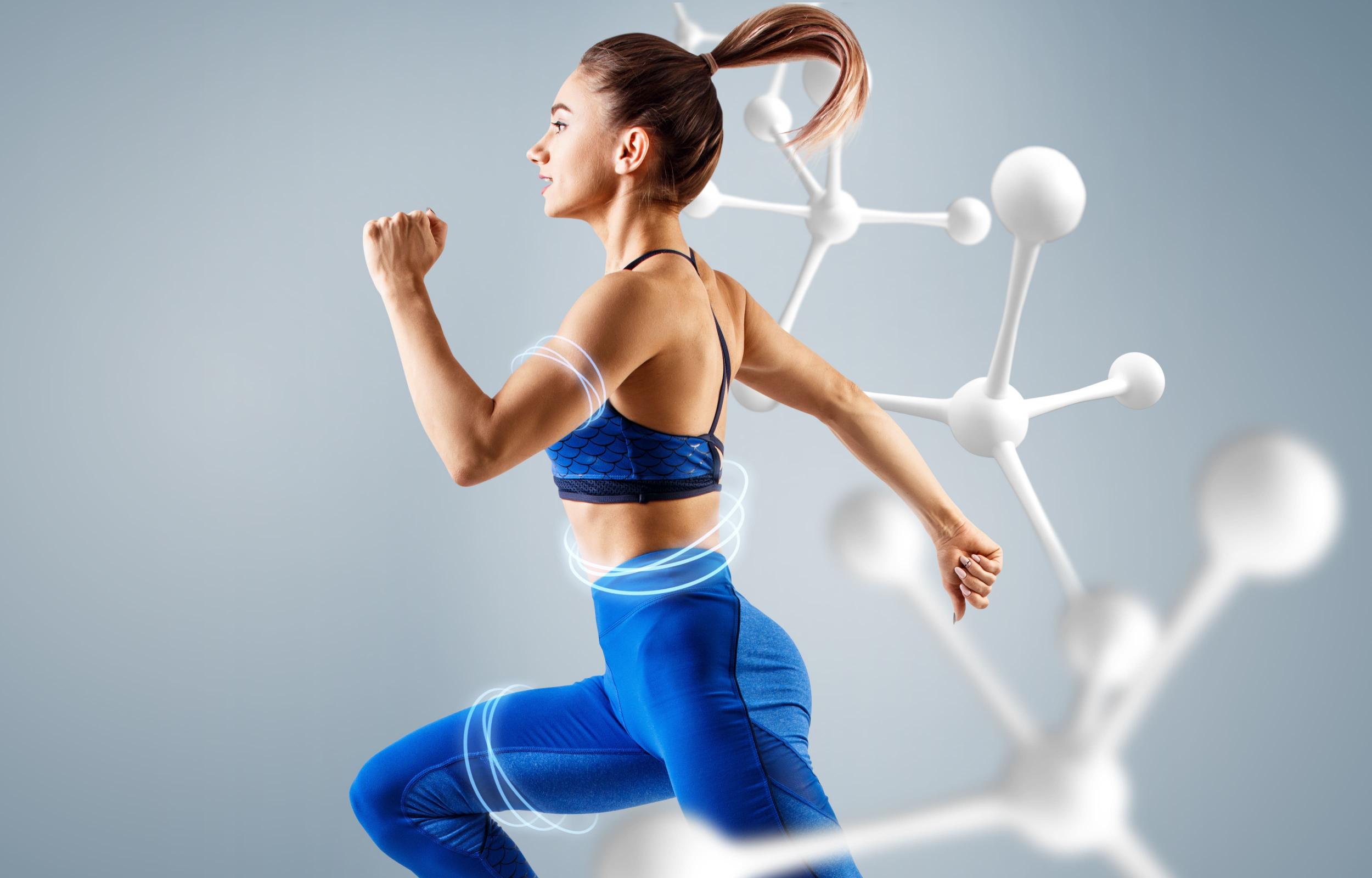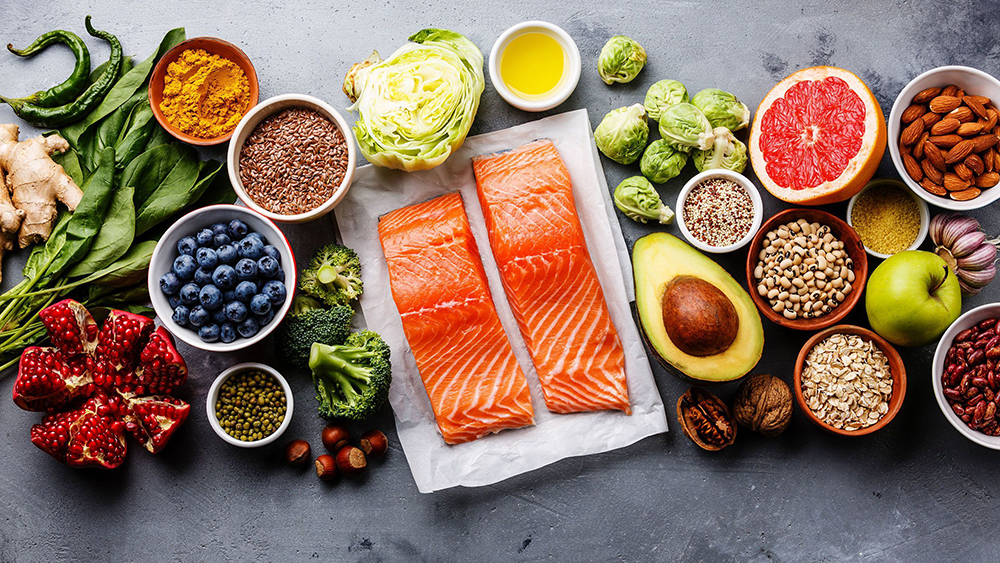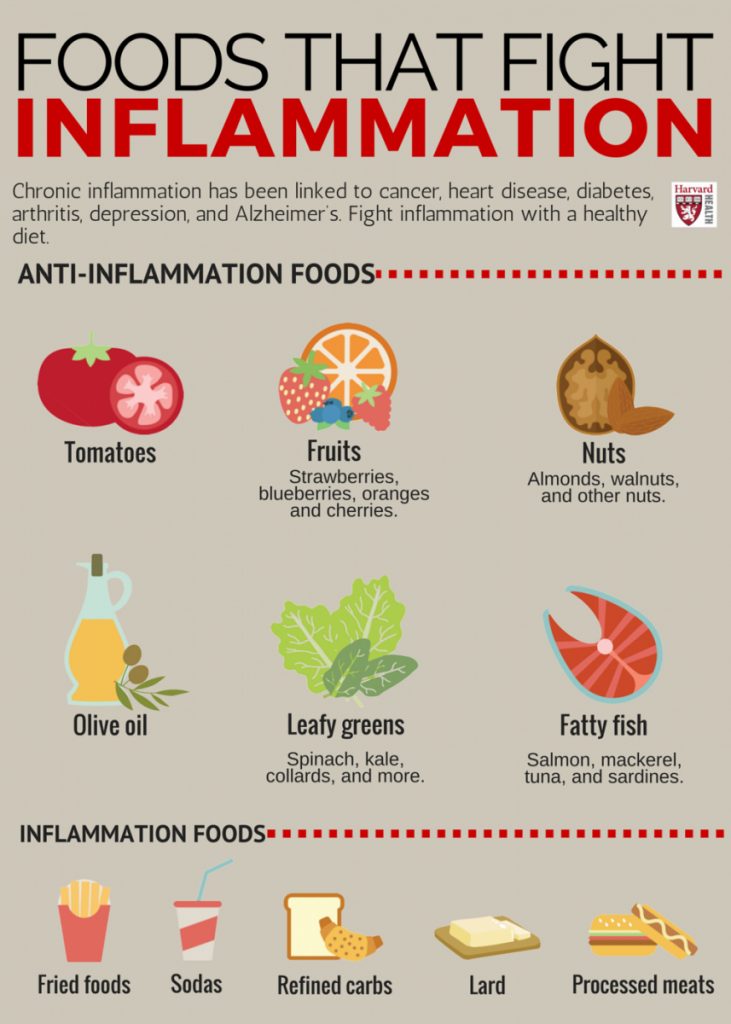
The COVID-19 pandemic has taken everyone by surprise and turned lives upside down. Modern healthcare systems around the world have restricted elective surgeries, and relative to our patients, governments have introduced international travel restrictions to help protect their populations.
Many of those reading this are awaiting elective spine surgery and need motivation to manage pain beyond heavy medications that can impair function or make them feel unwell. In this area of active research, we have called upon our network of doctors and rehabilitation specialists to help provide this guide.
The 5 important topics covered below are:
1. Using Movement as Medicine
2. The Power of the Mind
3. Fight Inflammation with Food
4. Managing Weight with Metabolism
5. Quit Smoking for Healing & Recovery
…………………………………………….

1. Using Movement as Medicine
Research shows that movement can be used as a medicine to fight pain, and one of the best things you can do while awaiting your elective surgery is to focus on mobility and core strength.
We highly recommend you work with a physio or physical therapist to guide you on important exercises. Many clinics also offer their services remotely via Skype or other video platforms.
For those who cannot make regular trips to physical therapy clinics, here is an online spine conditioning program for simple exercises that can be completed at home. The program has been peer reviewed by doctors, contains clear diagrams and there’s also a handy PDF booklet for download.
Please remember that patients with stenosis nerve compression should avoid extension or traction movements. This includes any lower back or neck arching, along with pulling/lengthening movements.
You can also try:
Hydrotherapy: Movement in a near weightless water environment like home pool or spa
Deep Tissue Massage: Release soft tissue, spasming muscles, and improve circulation
Alternating hot/cold packs: This limits inflammation and improves circulation
The take away message is that you can stabilize your spine by strengthening supporting muscle groups and introducing healthy blood flow. This is proven to improve pain levels and lead to a faster recovery after surgery.

2. The Power of the Mind
How you think about pain is very important. A recent article from specialist group Programs 4 Pain explains the benefit of not letting the thought of pain consume your everyday focus.
The article refers to a study by Psychiatrist Lance McCracken, and explains that developing psychological tools like mindfulness, pacing and goal setting can provide immense benefit. Patients should understand that “Hurt does not equal Harm”, and that by focusing on what you can do with pain leads to much higher activity and mood levels, compared to focusing on what you can’t do because of pain.
What is Mindfulness?
Mindfulness is about being here in the ‘present’ moment. This type of meditation and focused thought involves picking something to pay attention to and noticing each time you become distracted so you can gently coax your attention back. Scientific studies show practicing this type of meditation can reduce pain intensity, and improves other areas of your life including depression, coping ability, quality of life, acceptance, sleep quality and physical functioning.
Here’s a powerful online resource for using mindfulness to help musculoskeletal pain.
What is Pacing and Goal Settling?
Experiencing pain can lead to changes in activity levels. This can involve giving up activities to avoid pain, which can lead to more pain or disability. And it can also involve pushing harder in determination to beat the pain, which can exacerbate your symptoms. A paced approach allows you to break down activities and exercises into achievable duration and frequency. It helps you to do what is more important to you while experiencing less pain flare ups.
Goal setting is about prioritising your tasks and setting about achieving them in a measured “do little but do often” way. It can be combined with pacing to make true progress in physical achievement, confidence and overall happiness.
Here’s a powerful online resource for using pacing and goal setting to help musculoskeletal pain.
The take away message is that you can use your mind as a robust tool to navigate pain and better approach your daily activities for overall quality of life.

3. Fight Inflammation with Food
Inflammation is your bodies natural process of dealing with things that harm it, such as infections, injuries and toxins, in order to heal itself. Relative to patients with degenerative spinal discs, pain usually occurs when the degenerating disc affects other nearby structures in the spine, like the muscles, joint, and nerve roots.
This type of inflammation can be caused in two ways:
1. Inflammatory proteins from inside the disc can leak out as it degenerates, causing swelling in surrounding spinal structures. This can provide muscle tension, spasms and local tenderness both in the neck and lower back. If a nerve root becomes inflamed, pain and numbness can radiate into the arm and shoulder (neck damage) or into the hips or leg (lower back damage). This is called radiculopathy.
2. The cushioning and support a disc provides can decrease as the disc’s outer layer (annulus) degenerates, leading to unnatural motion between the vertebrae and adjoining facet joints becoming stressed. This can cause tension, irritation and instability as the disease progresses with time, including intermittent episodes of more intense pain.
Ongoing flare ups and inflammation can cause pain and further damage to the musculoskeletal system, however the good news is that it can be combated with diet and nutrition.

Benefits of anti-inflammatory foods
Studies have shown that nuts reduce inflammation levels and lower the risk of cardiovascular disease and diabetes. Coffee, which contains polyphenols and other anti-inflammatory compounds may protect against inflammation as well.
The Mediterranean Diet
To reduce levels of inflammation, aim for an overall healthy diet. If you’re looking for an eating plan that closely follows the tenets of anti-inflammatory eating, consider the Mediterranean Diet, which is high in fruits, vegetables, nuts, whole grains, fish, and healthy oils.
Krill Oil is rapidly gaining popularity as an alternative to fish oil. The Omega-3 fatty acids within have shown important anti-inflammatory functions in the body and may be more effective than other marine omega-3 sources because it appears to be easier for the body to use. Researchers also found that taking krill oil for 30 consecutive days significantly reduced joint pain and increased range of motion.
Circumin is the active compound found within the turmeric root. Research shows Turmeric can have the same effect as treating arthritis with corticosteroids and anti-inflammatories. In its most active form it’s called ‘95% tetra-hydro curcuminoids’ as preferred by health supplement companies, who also mix it in capsules with a healthy fat such as Black Cumin Seed Oil or Avocado Oil to ensure bioavailability.
The take away message is that being mindful of the foods you buy and consume can have a powerful impact on pain and inflammation beyond pharmaceutical drugs.

4. Manage Weight with Metabolism
Many patients with musculoskeletal conditions gain weight because exercise causes pain. The ongoing cycle continues when gaining weight puts increasing stress on their joints, causing further degeneration and pain.
Beyond using the ‘pacing and goal setting’ exercise approach discussed above, patients can also control their weight by boosting their metabolism. Metabolism can be described as ‘rate at which calories are burnt and other internal processes are carried out’.
The following foods can help speed up your metabolism:
- Beans: High in protein, feel full earlier, preserves lean muscle mass, fiber increases fullness. One study showed that ¾ cup of beans a day can result in ½ pound weight loss over 6 weeks.
- Whole Grains: Fill up sooner, takes longer to digest, modest increase in metabolism.
- Eggs: High in protein and healthy fat. When egg versus bagel eaters were compared over the course of 6 weeks, those egg eaters (2 eggs per day) lost 65% more weight, 16% less body fat, and 61% decrease in BMI.
- Coffee: Studies have shown that the caffeine in coffee can boost metabolism by 3–11%. Like green tea, it also promotes fat burning.
- Avocados: Improved satiety, decrease desire to eat, anti-inflammatory.
- Chili pepper supplements: contain capsaicin and speeds up metabolism.
- Ginger: Shown to reduce body weight and fasting glucose levels by increasing good cholesterol levels. Also has anti-inflammatory properties.
Losing weight and ensuring you’re in the best possible health will also help you achieve a faster and more complete recovery from spine surgery.
The take away message is that even if exercise is not easy, you can also use your diet to tackle weight loss.

5. Quit Smoking for Healing & Recovery
Smokers may not want to hear this, but their habit can slowly cause damage to their spine and joints, as well as impact their body’s ability to heal from injury. Tobacco impairs the delivery of oxygen-rich blood to bones and tissues, and this decreasing blood and nutrient flow can cause degeneration, particularly in discs of the spine which already have limited blood flow. The result can be lower back pain and sometimes osteoporosis.
According to the American Cancer Society, the following medications can help ease the symptoms of nicotine withdrawal when used as directed.
Over-the-counter medications include nicotine gum, patches and lozenges.
Prescription medications include nicotine inhalers, nasal sprays and drug which blocks the effect of nicotine in the brain called Zyban or Chantix. This means you do not feel any reward or benefit from smoking.
Applicable to those from every country, the USA’s National Cancer Institute has powerful quit smoking resources available, including smartphone apps to help schedule reminders, track financial goals and offer support.
The take away message is that you should quit smoking to help your body heal and lessen the chance of complications from serious surgery.
Sometimes patients can feel helpless in the face of pain, as if they have tried all approaches without great benefit, especially when waiting for elective surgery. Remember you are not alone and these thought processes are common. The five sections in this article are powerful reminders that pain can be tackled from many different angles, and there’s scientifically proven steps you can take from today to ensure a fast-tracked recovery from your planned surgery.
Please Note: This article is helpful guide only. As every patient is unique we recommend that you discuss pain management for your case with your trusted personal physician.
…………………………………………………
Bibliography
- Ortho Info. 2018. Spine Conditioning Program. [ONLINE] Available at: https://orthoinfo.aaos.org/en/recovery/spine-conditioning-program/. [Accessed 20 April 2020].
- Shipton E. A. (2018). Physical Therapy Approaches in the Treatment of Low Back Pain. Pain and therapy, 7(2), 127–137. https://doi.org/10.1007/s40122-018-0105-x
- Programs 4 Pain. 2019. Am I making my Pain Worse by Thinking about it?. [ONLINE] Available at: http://programs4pain.com.au/2019/11/04/am-i-making-my-pain-worse-by-thinking-about-it/. [Accessed 16 April 2020].
- Lance M. McCracken, “Attention” to pain in persons with chronic pain: A behavioral approach, Behavior Therapy, Volume 28, Issue 2, 1997, Pages 271-284. https://doi.org/10.1016/S0005-7894(97)80047-0
- Pain Health – Department of Health. Mindfulness and pain. [ONLINE] Available at: https://painhealth.csse.uwa.edu.au/pain-module/mindfulness-and-pain/. [Accessed 16 April 2020].
- Pain Health – Department of Health. Pacing and Goal Setting. [ONLINE] Available at: https://painhealth.csse.uwa.edu.au/pain-module/pacing-and-goal-setting/. [Accessed 16 April 2020].
- Hale AS. ABC of mental health. Anxiety. BMJ 1997; 314(7098): 1886-1889. [PMC free article] [PubMed]
- Versus Arthritis. 2020. The inflammatory arthritis pathway. [ONLINE] Available at: https://www.versusarthritis.org/about-arthritis/treatments/the-inflammatory-arthritis-pathway/. [Accessed 16 April 2020].
- SPINE – Health. 2017. Causes of Degenerative Disc Disease Pain. [ONLINE] Available at: https://www.spine-health.com/conditions/degenerative-disc-disease/causes-degenerative-disc-disease-pain. [Accessed 16 April 2020].
- Harvard Health Publishing – Harvard Medical School. 2018. Foods that Fight Inflammation. [ONLINE] Available at: https://www.health.harvard.edu/staying-healthy/foods-that-fight-inflammation. [Accessed 16 April 2020].
- Krill oil reduces intestinal inflammation by improving epithelial integrity and impairing adherent-invasive Escherichia coli pathogenicity. Costanzo, Manuela et al. Digestive and Liver Disease, Volume 48, Issue 1, 34 – 42
- Suzuki Y, Fukushima M, Sakuraba K, Sawaki K, Sekigawa K. Krill Oil Improves Mild Knee Joint Pain: A Randomized Control Trial. PLoS One. 2016;11(10):e0162769. Published 2016 Oct 4. doi:10.1371/journal.pone.0162769
- Aggarwal BB, Harikumar KB. Potential Therapeutic Effects of Curcumin, the Anti-inflammatory Agent, Against Neurodegenerative, Cardiovascular, Pulmonary, Metabolic, Autoimmune and Neoplastic Diseases. The international journal of biochemistry & cell biology. 2009;41(1):40-59. doi:10.1016/j.biocel.2008.06.010.
- Medical News Today. 2019. Best 10 Foods to Boost Metabolism. [ONLINE] Available at: https://www.medicalnewstoday.com/articles/325237. [Accessed 16 April 2020].
- Vander Wal, J. S., Gupta, A., Khosla, P., & Dhurandhar, N. V. (2008). Egg breakfast enhances weight loss. International journal of obesity (2005), 32(10), 1545–1551. https://doi.org/10.1038/ijo.2008.130
- Zheng, J., Zheng, S., Feng, Q., Zhang, Q., & Xiao, X. (2017). Dietary capsaicin and its anti-obesity potency: from mechanism to clinical implications. Bioscience reports, 37(3), BSR20170286. https://doi.org/10.1042/BSR20170286
- Wien, M., Haddad, E., Oda, K. et al. A randomized 3×3 crossover study to evaluate the effect of Hass avocado intake on post-ingestive satiety, glucose and insulin levels, and subsequent energy intake in overweight adults. Nutr J 12, 155 (2013). https://doi.org/10.1186/1475-2891-12-155
- Karl, J. P., Meydani, M., Barnett, J. B., Vanegas, S. M., Goldin, B., Kane, A., Rasmussen, H., Saltzman, E., Vangay, P., Knights, D., Chen, C. O., Das, S. K., Jonnalagadda, S. S., Meydani, S. N., & Roberts, S. B. (2017). Substituting whole grains for refined grains in a 6-wk randomized trial favorably affects energy-balance metrics in healthy men and postmenopausal women. The American journal of clinical nutrition, 105(3), 589–599. https://doi.org/10.3945/ajcn.116.139683
- Thomsen T, Villebro N, Møller AM. Interventions for preoperative smoking cessation. Cochrane Database Syst Rev 2014; (3): CD002294. [PMC free article] [PubMed]
- Cleveland Clinic. 2017. Why Smoking Will Worsen Your Chronic Pain. [ONLINE] Available at: https://health.clevelandclinic.org/why-smoking-will-worsen-your-chronic-pain/. [Accessed 22 April 2020].


